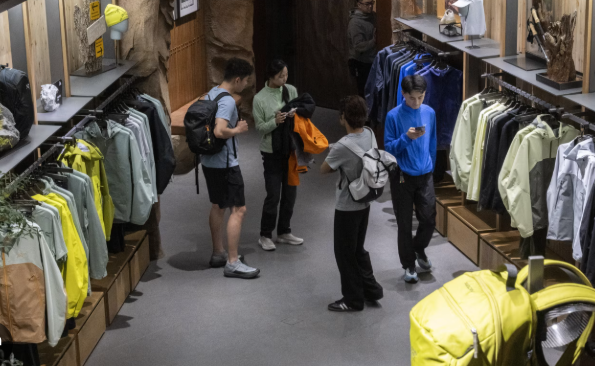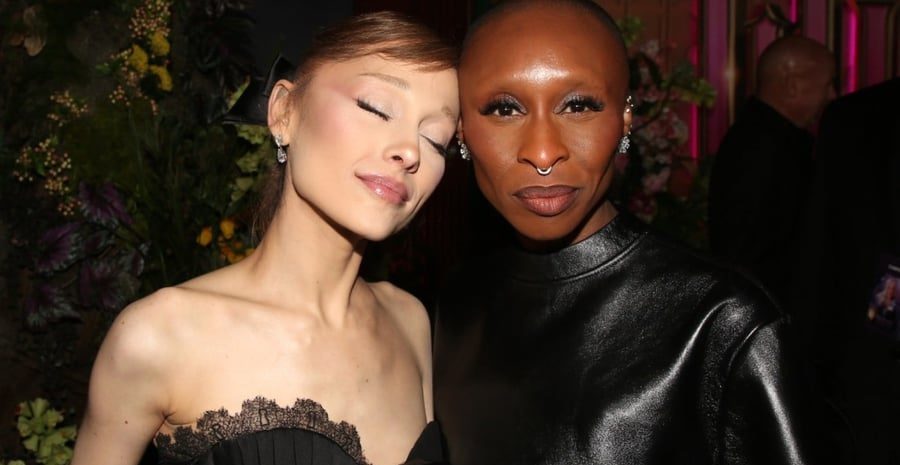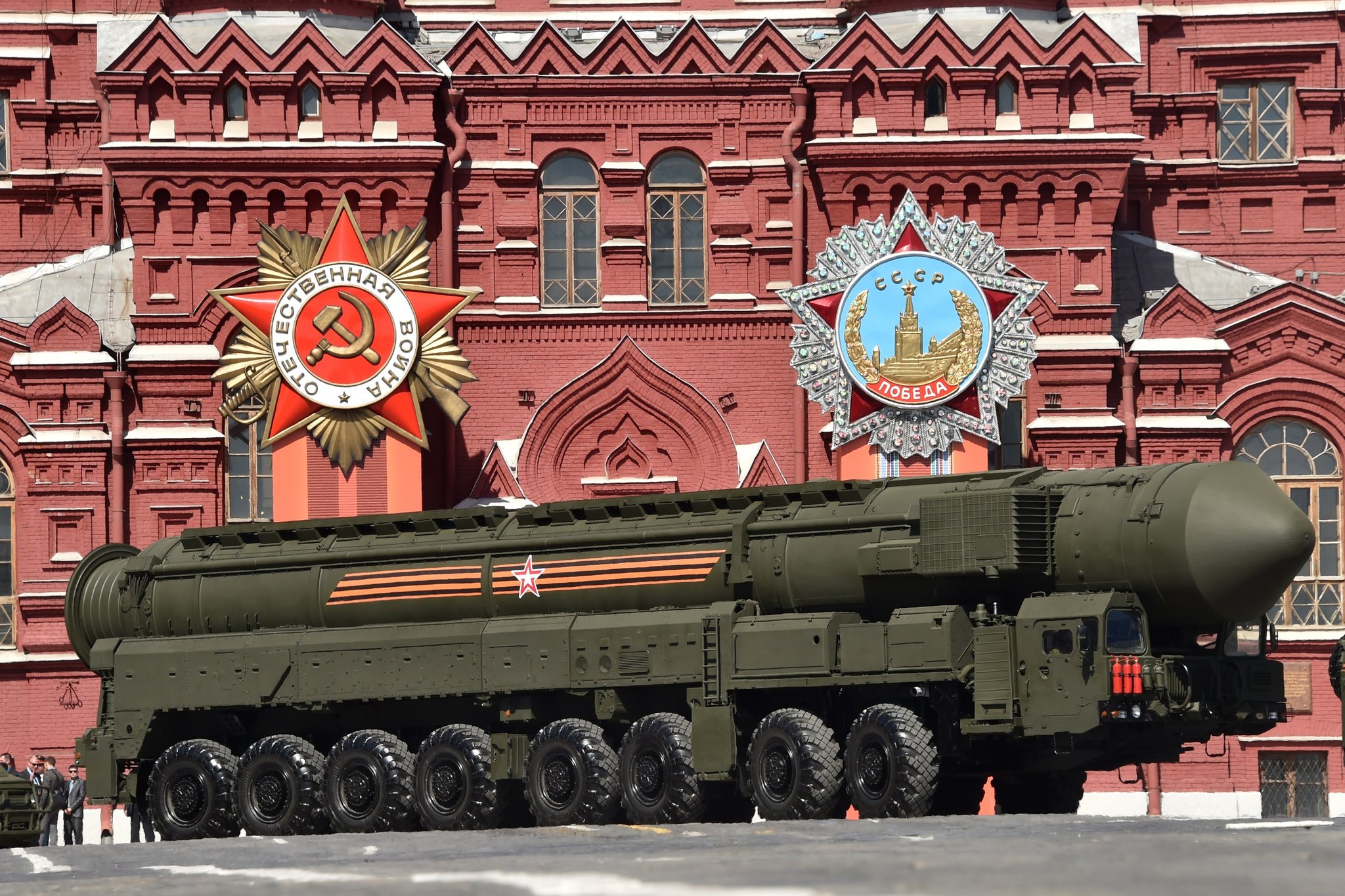China’s “golden monkey diplomacy” hints at what may follow the panda era

A new wildlife ambassador steps forward
For decades, China’s giant pandas were more than beloved zoo attractions; they were living symbols of soft power. But as panda loans have become rarer and sometimes politically sensitive, Beijing is quietly showcasing another charismatic native species: the golden snub-nosed monkey. European zoos are now debuting pairs of these striking, blue-faced primates under fresh cooperation agreements with Chinese parks and research centers. Chinese officials frame the exchanges as scientific partnerships focused on conservation and breeding programs for an endangered animal that lives in high-altitude forests. But the timing — and the pageantry — look familiar to anyone who watched “panda diplomacy.”
Zoo visitors line up for photos. Politicians show up for ribbon cuttings. Headlines talk about friendship. The golden monkeys, with their vivid coats and expressive faces, are easy to market as symbols of rarity and ecological care. Conservation groups note that putting a spotlight on a threatened species can generate funding for habitat protection back in China’s mountain reserves. At the same time, it lets Beijing keep cultural visibility in foreign capitals even as panda loans ebb.
Soft power with fur
Wildlife analysts say this moment reflects two parallel trends. First, the status of pandas themselves has changed. Pandas are still iconic, but they are also diplomatically complicated. Every loan extension, every transfer date, every cub birth abroad can become a headline about the state of China’s relationships. Second, China wants to show it is not just exporting cuddly symbols; it is exporting conservation leadership. Golden snub-nosed monkeys fit that message. They are endangered, photogenic, and linked to climate and biodiversity research in fragile highland ecosystems.
For European zoos, hosting the monkeys is both science and spectacle. Curators can tell a story about alpine forests, migration corridors, and climate stress, while also selling tickets for something most visitors have never seen in person. For Beijing, it is proof that animal diplomacy still works. Even if pandas are less available, China can still send a living ambassador that charms crowds and keeps attention on its ecological narrative. The question now is whether that narrative — rare wildlife plus research cooperation — becomes a standard diplomatic tool in a post-panda world.






















